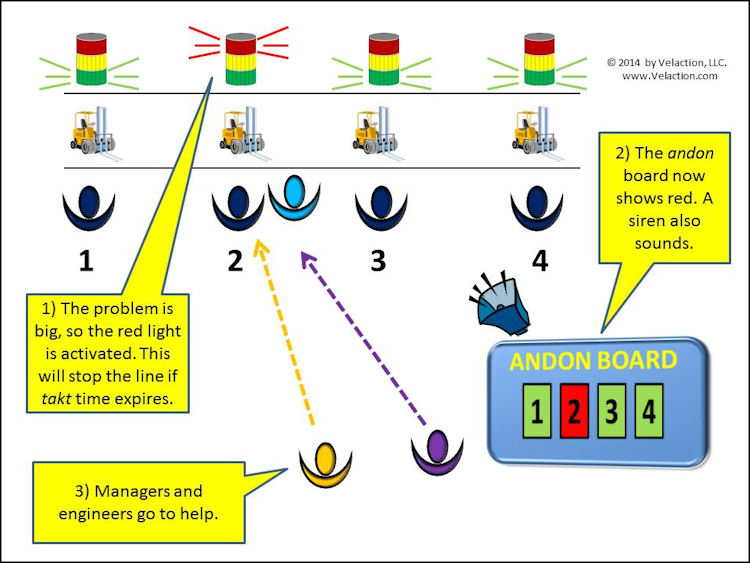Ease of Making Changes vs. Willingness to Change
The ease of making a change is correlated to the willingness to make a change. This is a critical concept to understand when trying to create a continuous improvement culture. A big part of a CI culture is the expectation that everyone contributes. Great Lean companies have participation from people at all levels of the organization. The willingness of people to actually make changes is a function of several factors. I’ll leave the concept of Read more…


